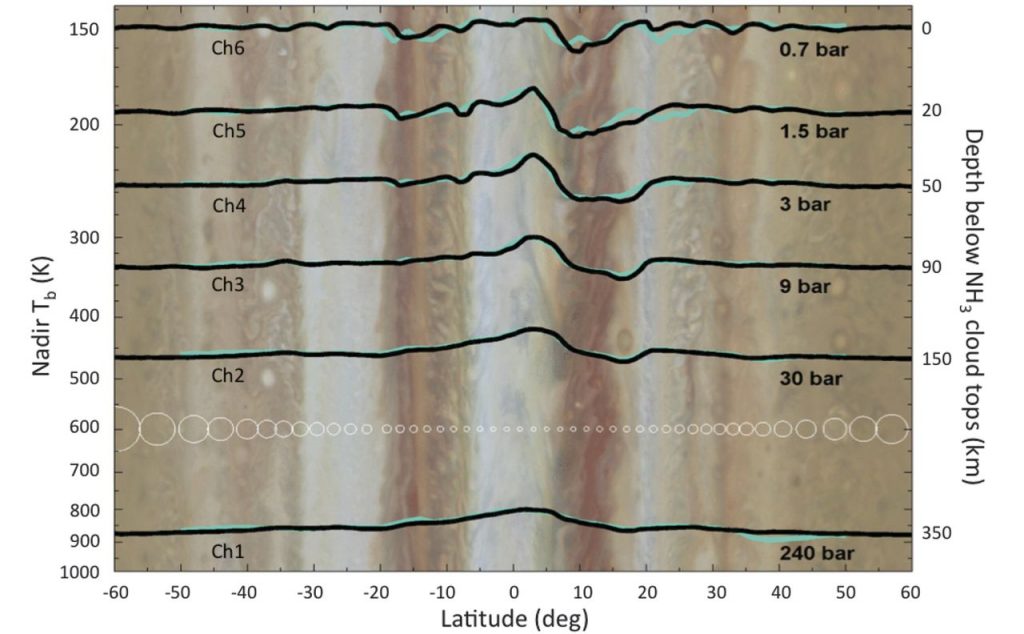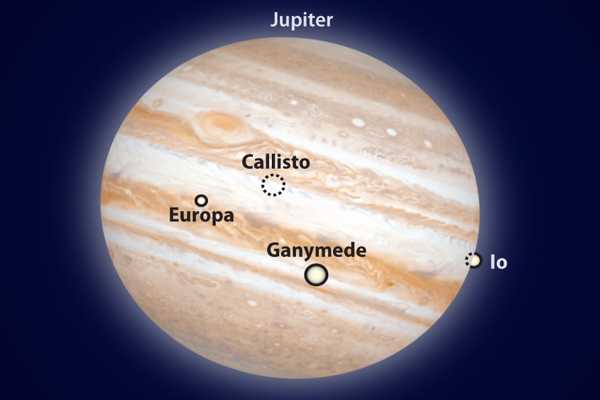
*CORRECTION (4/23/09): An earlier version stated that three terawatts (3 TW) are shed into the oceans annually 3 TW is the measure of the power dissipated continually.īoth DNA and RNA-the messengers of life as we know it-almost certainly were selected and evolved from a large diverse group of protonucleic acid molecules. If, however, life originated in tidal waters, he says, then tidal cycles could have played a major role. If life originated around deep ocean hydrothermal vents (so-called black smokers), then the lunar tides played a minor role, if any, says James Cowen, a biogeochemical oceanographer at the University of Hawaii at Manoa. Without our moon, our marine environment would be much less rich in terms of species diversity."īut is the influence of the lunar tides actually responsible for life itself? "In a rocky intertidal area," Raimondi says, "it's very clear there are strong evolutionary pressures brought on by a changing environment over a short spatial scale. Even so, Peter Raimondi, an ecologist at the University of California, Santa Cruz, says the tools of evolution are also driven by the tides' influence on these intertidal regions. The problem in determining which "tidal forcing" scenario is correct, he says, is that climate researchers currently lack data spanning extremely long timescales. Such glaciations caused migrations of animal and plant species that probably helped speed up speciation."īills also points out that such tidal heat transfer could have also mitigated climate fluctuations. "Without the lunar tides, it's conceivable that climate oscillations from the ice age to the interglacial would be less extreme than they are. "The oceans' tidal flow helps transport heat from the equator to the poles," says Bruce Bills, a geodynamicist at the NASA Jet Propulsion Laboratory in Pasadena, Calif.

Over the eons, all that energy has had an evolutionary impact. And, in the process, roughly 10 20 joules of gravitational energy is shed into the oceans annually.* As it does, Earth's own spin rate is slowing. The moon was perhaps half as distant as it is now, and as a result, the ocean tides were much more extreme.Īt an average distance of 235,000 miles (380,000 kilometers), the moon is currently receding from Earth at a rate of 1.5 inches (3.8 centimeters) per year. Life emerged some 700 million years later, or about 3.8 billion years ago.īut four billion years ago a cooling Earth already had an ocean, but remained barren. Within a few thousand years, Earth cooled to an object with a molten surface and a steam atmosphere. The molten mantle thrown into orbit after the catastrophic lunar-forming impact quickly coalesced into our moon. It all started some 4.5 billion years ago when, as theory has it, our nascent Earth was blindsided by a Mars-size planetary embryo, believed to have spun Earth into its initial fast rotation of roughly 12 hours per day. Our current Earth–moon system, according to the prevailing theory of lunar formation, reflects our solar system's early game of planetary billiards, when colliding planetary embryos created entirely new versions of themselves-in the case of our own planet, a disproportionately large natural satellite in close orbit. The sun and wind also drive the ocean's oscillations, but it is the moon's gravitational tug that is responsible for the lion's share of this predictable tidal flux. If so, life may ultimately owe its origins to our serendipitously large moon.

But is life itself also ultimately a fluke of the tides? Their ebb and flow pay homage to the cyclic nature of the cosmos along even the most secluded seashores.


 0 kommentar(er)
0 kommentar(er)
